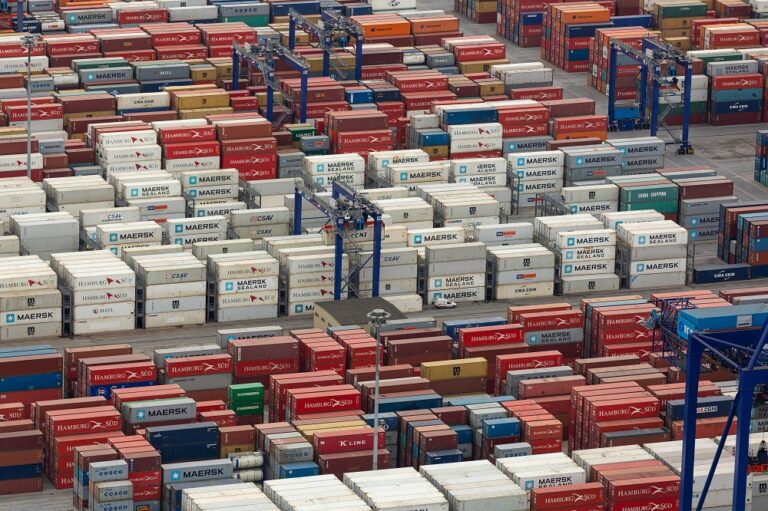Importers dealing with ocean freight shipments into the United States must comply with U.S. Customs and Border Protection’s (CBP) Importer Security Filing requirements. Many new importers wonder how to file ISF 10 2 online and ensure they meet all compliance standards before their goods even set sail. The process can seem complex at first, but with a structured approach and the right digital tools, it becomes a manageable and efficient task. Understanding the filing requirements, deadlines, and submission options is key to avoiding costly penalties and shipment delays.
Understanding the ISF 10+2 Requirement
The ISF 10+2 rule, introduced by CBP, requires importers to electronically submit specific data elements for shipments arriving by ocean vessel. The “10” refers to the information importers must provide, such as the seller, buyer, manufacturer, ship-to party, and country of origin. The “2” refers to data elements that the carrier must file: the vessel stow plan and container status messages. This rule enhances cargo security by allowing CBP to assess potential risks before goods reach U.S. ports.
Failure to properly file or inaccuracies in the ISF can lead to fines up to $5,000 per violation. Therefore, accuracy and timeliness are crucial. Importers must submit their filing no later than 24 hours before the cargo is loaded onto a vessel bound for the United States.
Preparing the Required Information
Before submitting an ISF, importers must gather all necessary details from their suppliers, freight forwarders, and customs brokers. This includes key identifiers such as the bill of lading number, manufacturer’s name and address, consignee details, and the importer of record number. Many importers rely on their customs broker to coordinate this data, but maintaining internal documentation ensures no gaps or delays occur.
It’s also important to verify data consistency between the commercial invoice, packing list, and shipping documents. Even small discrepancies can trigger customs holds or compliance reviews. By organizing information early, importers reduce errors and improve overall efficiency.
Using Online Platforms for ISF Filing
Several online platforms allow importers to complete ISF filings directly. These systems are linked with CBP’s Automated Broker Interface (ABI), ensuring secure and accurate electronic transmission. Some importers prefer to handle filings themselves through approved portals, while others use licensed customs brokers who specialize in ISF submissions.
When filing online, users enter their data into a secure web form. The system validates entries and transmits them to CBP, often providing immediate confirmation and a filing receipt. Many services also include error-checking tools, compliance alerts, and auto-saved templates for recurring shipments. These digital solutions help importers maintain consistency and stay compliant across multiple transactions.
Avoiding Common Mistakes
One of the most common mistakes is submitting an incomplete ISF or failing to update information when shipment details change. CBP allows updates up until the vessel’s arrival, but failing to amend outdated information can result in fines. Another frequent issue is confusion over the bill of lading number, an essential identifier needed for CBP to match the ISF to the correct shipment. Double-checking all entries and using experienced brokers or software with built-in validation features can prevent such costly errors.
Final Thoughts
Filing an ISF 10+2 may seem daunting at first, but online systems have made the process faster, more transparent, and more secure. By preparing all documentation ahead of time, using reliable digital tools, and double-checking every detail before submission, importers can ensure a smooth experience. Compliance not only avoids penalties. It also builds trust with customs authorities and keeps global supply chains running efficiently.






